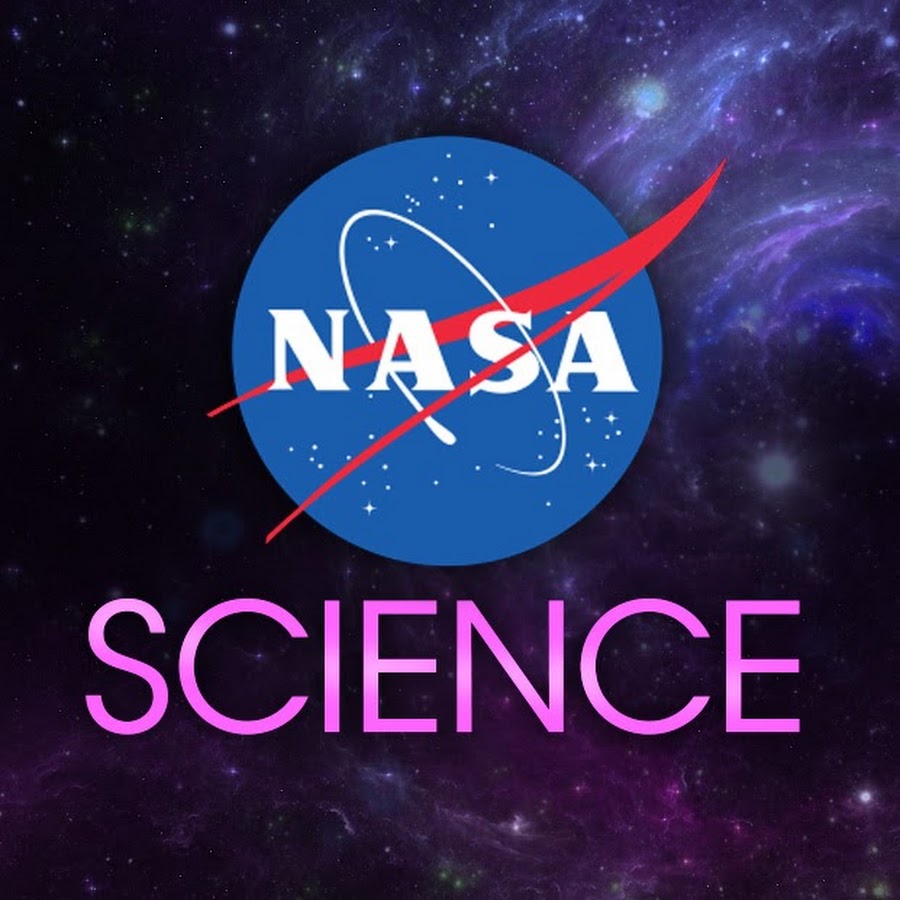 |
| In this week’s newsletter, learn how the foundation for long-term scientific exploration at the Moon will be established, see how a trailblazing new Earth satellite will deepen our understanding of climate change, and hear NASA astronauts answer questions from fan mail. Artemis Moon Missions NASA will now target September 2025 for Artemis II, the first crewed Artemis mission around the Moon, and September 2026 for Artemis III, which is planned to land the first astronauts near the lunar South Pole. Artemis IV, the first mission to the Gateway lunar space station, remains on track for 2028. LEARN MORE |

Astrobotic’s Lunar Lander Updates
On Jan. 8, Astrobotic’s Peregrine lunar lander launched aboard the first flight of United Launch Alliance’s Vulcan rocket en route to the Moon. Shortly after launch, the team uncovered a propulsion issue. Although the lander will not achieve a soft landing on the Moon, we have switched on all the NASA science instruments that can be turned on and are currently collecting data in space.

A Deep Space Home
On Sunday, Jan. 7, NASA and the Mohammed bin Rashid Space Center of the United Arab Emirates announced plans for the space center to provide an airlock for Gateway, humanity’s first space station that will orbit the Moon.

NASA Video
NISAR, the soon-to-launch radar satellite from NASA and the Indian Space Research Organization, will measure some key Earth vital signs, from the health of wetlands to ground deformation by volcanoes to the dynamics of land and sea ice.
WATCH

NASA Video
We’re kicking off 2024 with the fourth edition of Astronaut Fan Mail, featuring NASA astronauts Marcos Berrios, Christina Birch, Nicole Mann, Mike Fincke, Raja Chari, Randy Bresnik, and Anil Menon.
WATCH

| NASA’s OSIRIS-REx Team Clears Hurdle to Access Remaining Bennu Sample Curation team members at Johnson Space Center have successfully removed the two fasteners from the sampler head that had prevented the remainder of OSIRIS-REx’s asteroid Bennu sample material from being accessed. Steps are now underway to complete the disassembly of the Touch-and-Go Sample Acquisition Mechanism, or TAGSAM, head to reveal the rest of the rocks and dust delivered by NASA’s first asteroid sample return mission. The remainder of the bulk sample will be fully visible after a few additional disassembly steps, at which point image specialists will take ultra-high-resolution pictures of the sample while it is still inside the TAGSAM head. This portion of the sample will then be removed and weighed, and the team will be able to determine the total mass of Bennu material captured by the mission. READ MORE |




 |
| From the Archives |
| January 12 marks the anniversary of the STS-61C launch—the 24th mission of NASA’s Space Shuttle program and the seventh mission of Space Shuttle Columbia. The crew assigned to the STS-61C mission included current NASA administrator Bill Nelson (rear row, second from left) and former NASA administrator Charles F. Bolden, Jr. (rear row, floating), as well as Franklin R. Chang-Diaz (front row, center), the first US citizen of Hispanic heritage.EXPLORE NASA’S HISTORY |
Note: This is a NASA publication. Formatted to fit this screen
